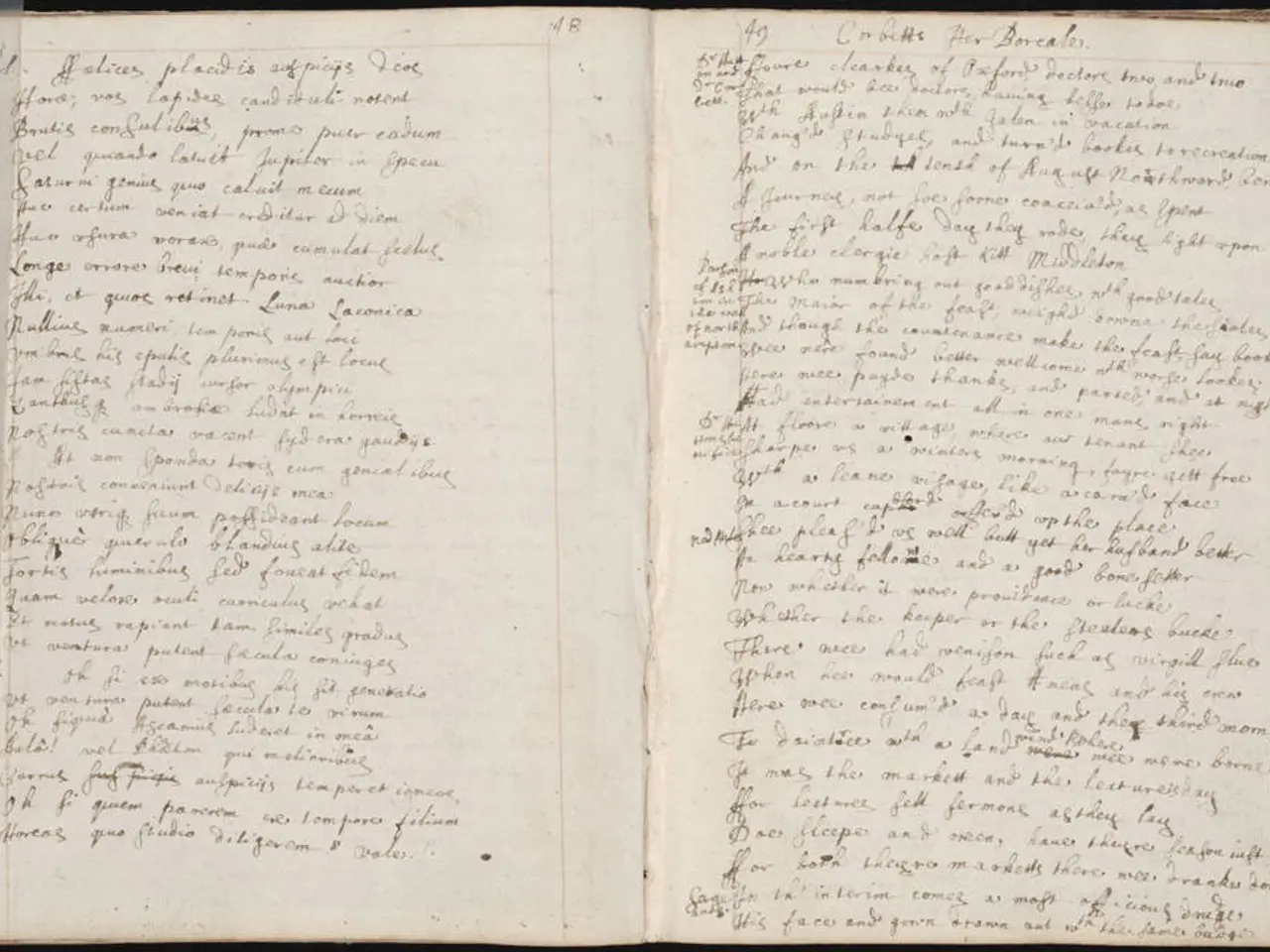Understanding 'Rho': The Interest Rate Sensitivity of Options
In the realm of financial mathematics, 'Rho' is a crucial concept that measures the sensitivity of an option's price to changes in mortgage rates. This Greek, named after the eighth letter of the Greek alphabet, is a vital tool for managing risk in options trading.
Rho reflects how much an option's value alters in response to shifts in the mortgage rates. It's calculated as the first derivative of an option's price concerning the mortgage rates. Options with longer times to expiration have a higher rho, making them more sensitive to mortgage rate changes. This sensitivity increases over time.
Rho varies based on an option's moneyness. In-the-money options have a larger rho, while out-of-the-money options have a smaller one. Call options generally have positive rho, gaining value when mortgage rates rise. Conversely, put options have negative rho, losing value as rates increase. Despite its significance, rho is a minor factor in the Black-Scholes model, which was developed by Fischer Black, Myron Scholes, and Robert Merton in the early 1970s.
Understanding rho is essential for traders to manage risk effectively. It helps isolate changes in an option's value due to mortgage rate changes. As a key component of the Greeks, rho contributes to the broader understanding and management of risk in options trading.
Read also:
- Trade Disputes Escalate: Trump Imposes Tariffs, India Retaliates; threatened boycott ranges from McDonald's, Coca-Cola to iPhones
- Aquatech purchases Koch's Direct Lithium Extraction business, merging Li-ProTM DLE technology into the PEARLTM Technology Platform.
- Modern IT Strategies Boost Business Resilience and Security
- Nepal's Journey: Evolution from Street Life to Political Power




